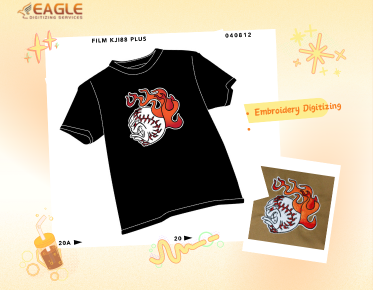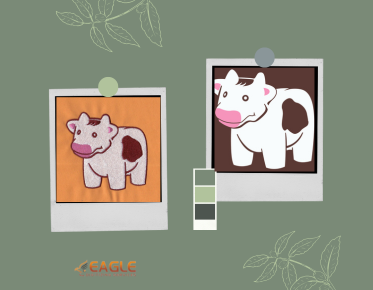Introduction to Common Vector Formats and Their Uses
In the world of digital design, vector formats play a crucial role in creating scalable and high-quality graphics. Unlike raster images, which are made up of pixels, vector graphics are composed of paths defined by mathematical equations. This allows them to be resized without losing quality, making them ideal for a variety of applications. One of the most common uses of vector images is in logo design, where clarity and scalability are paramount.
Another significant application of vector graphics is in print media. Because vector graphics can be scaled to any size, they are perfect for creating large banners, posters, and other printed materials. The precision of vector graphics ensures that every detail is crisp and clear, no matter the size. Additionally, vector conversion services are often employed to transform raster images into vector formats, ensuring that designs can be used across different media without quality loss.
Common Vector Formats
SVG (Scalable Vector Graphics)
SVG is a widely used vector format that is supported by most web browsers. It is an XML-based format, which means it can be easily edited with a text editor. SVG is ideal for web use because it allows for interactive and animated graphics.
AI (Adobe Illustrator)
The AI format is native to Adobe Illustrator, a popular vector graphics editor. It is widely used in professional design environments and supports a wide range of features, including layers, transparency, and gradients.
EPS (Encapsulated PostScript)
EPS is a versatile vector format that is compatible with many graphic design programs. It is often used for printing purposes because it can contain both vector and bitmap data.
Uses of Vector Graphics
Logo Design
Logos need to be versatile and scalable, which makes vector graphics the perfect choice. A logo designed in a vector format can be resized to fit a business card or a billboard without losing quality.
Illustrations
Vector graphics are also used for creating detailed illustrations. Artists can create intricate designs that can be scaled to any size, making them suitable for both digital and print media.
Web Graphics
On the web, vector graphics are used for icons, buttons, and other interface elements. Their scalability ensures that they look sharp on any screen size, from mobile devices to large desktop monitors.
Benefits of Using Vector Graphics
One of the main advantages of vector graphics is their scalability. Because they are not made up of pixels, they can be resized without losing quality. This makes them ideal for designs that need to be used in multiple sizes and formats. Additionally, vector graphics are often smaller in file size compared to raster images, which can help reduce loading times on websites.
Another benefit is the ease of editing. Vector graphics can be easily modified, allowing designers to make changes to colors, shapes, and other elements without affecting the overall quality of the image. This flexibility is particularly useful in professional design environments where changes are often required.
Conclusion
In conclusion, vector formats are an essential tool in the digital design toolkit. Their scalability, versatility, and ease of editing make them ideal for a wide range of applications, from logo design to web graphics. As technology continues to evolve, the use of vector graphics is likely to expand even further, offering new possibilities for designers and artists alike. For those looking to transform their creative visions into scalable designs, Eagle Digitizing excels in delivering professional vector art services.


.png)
